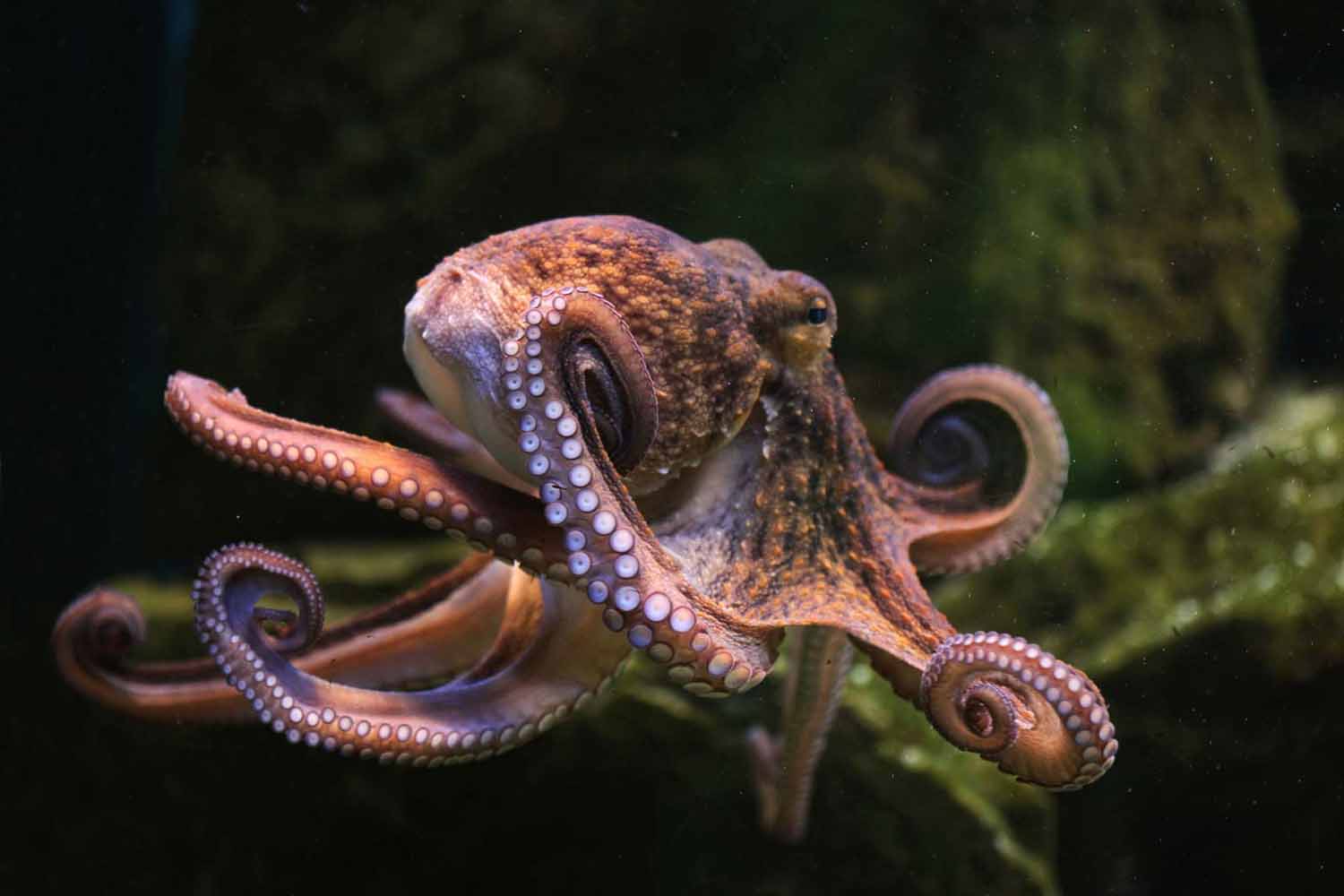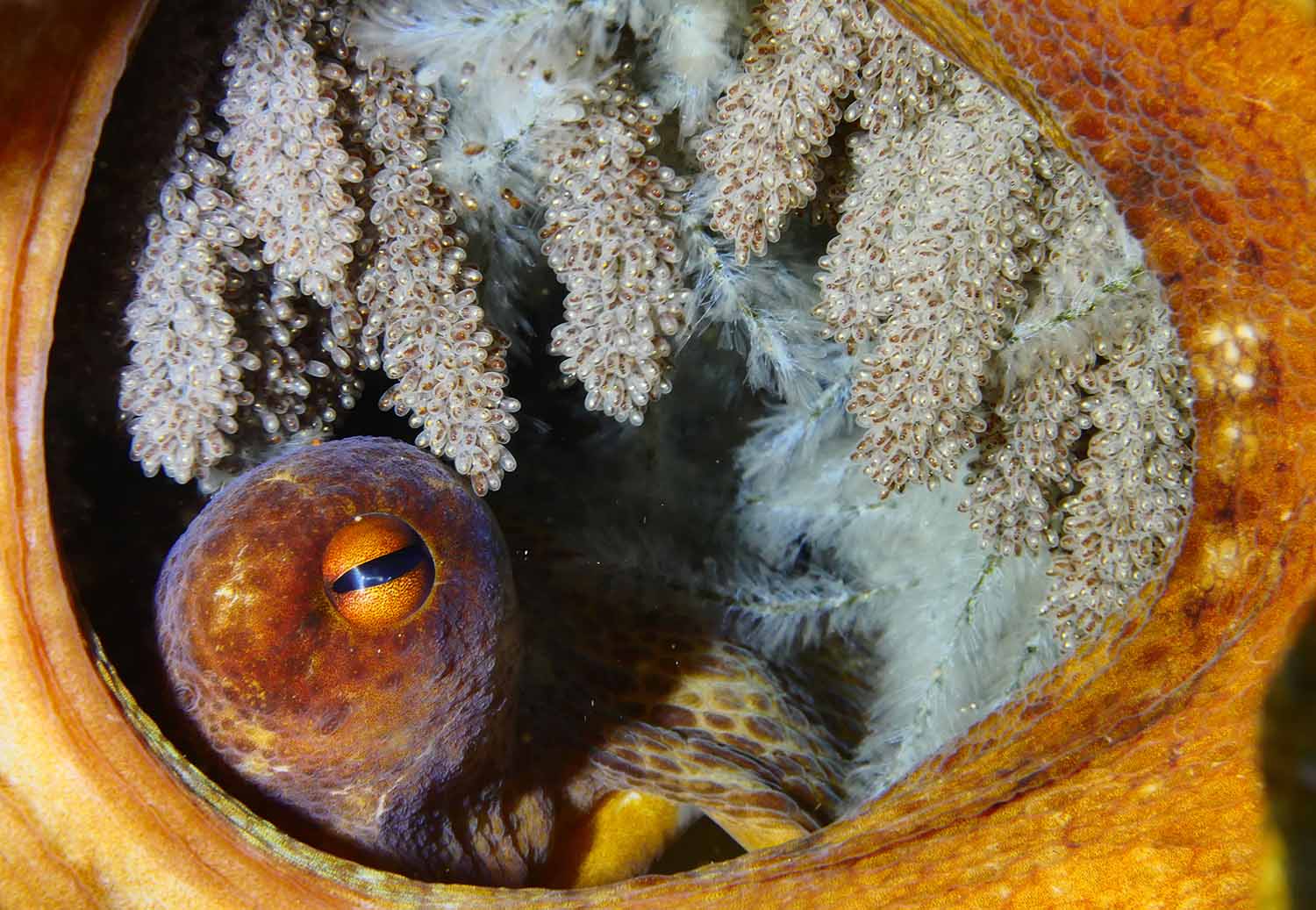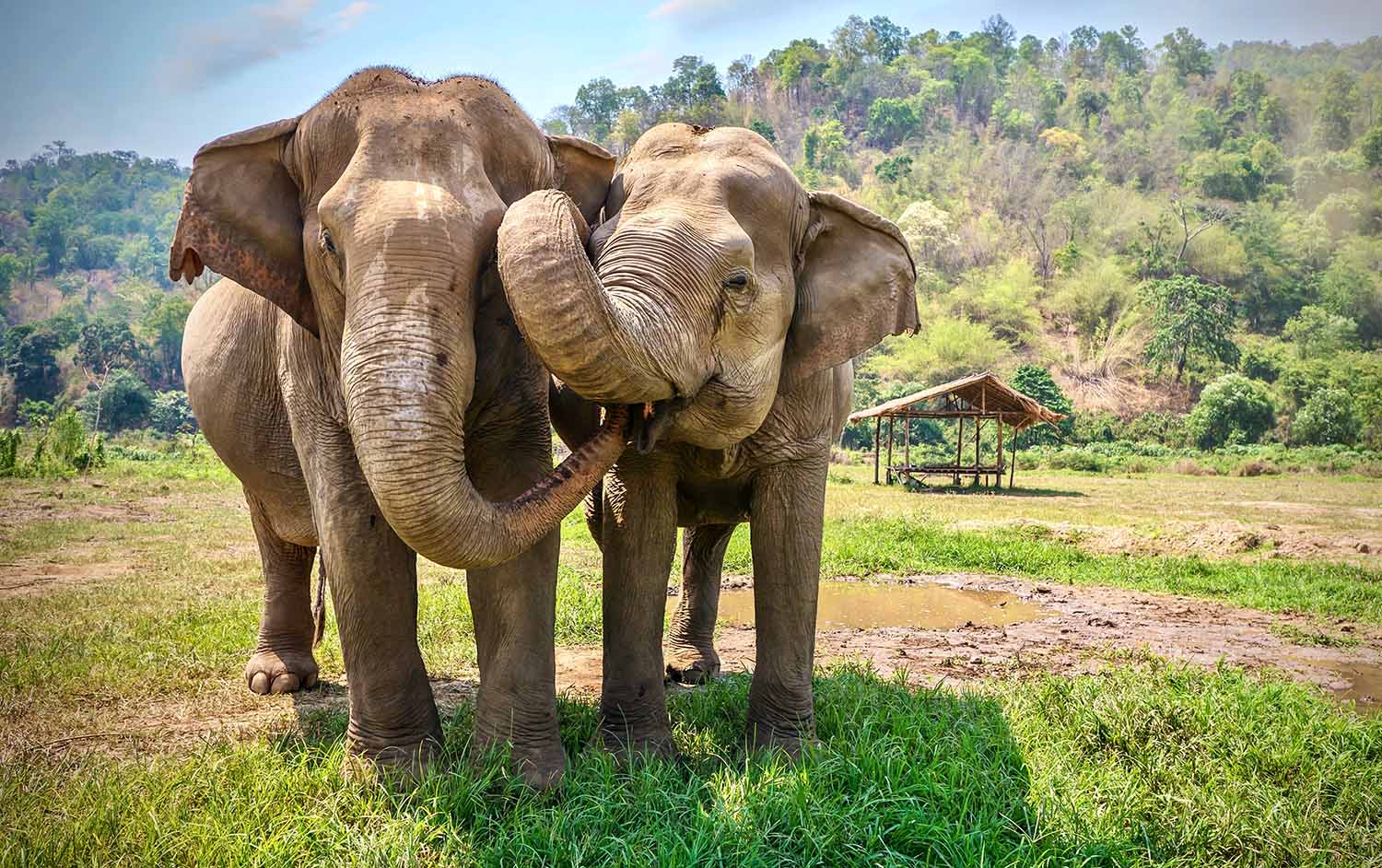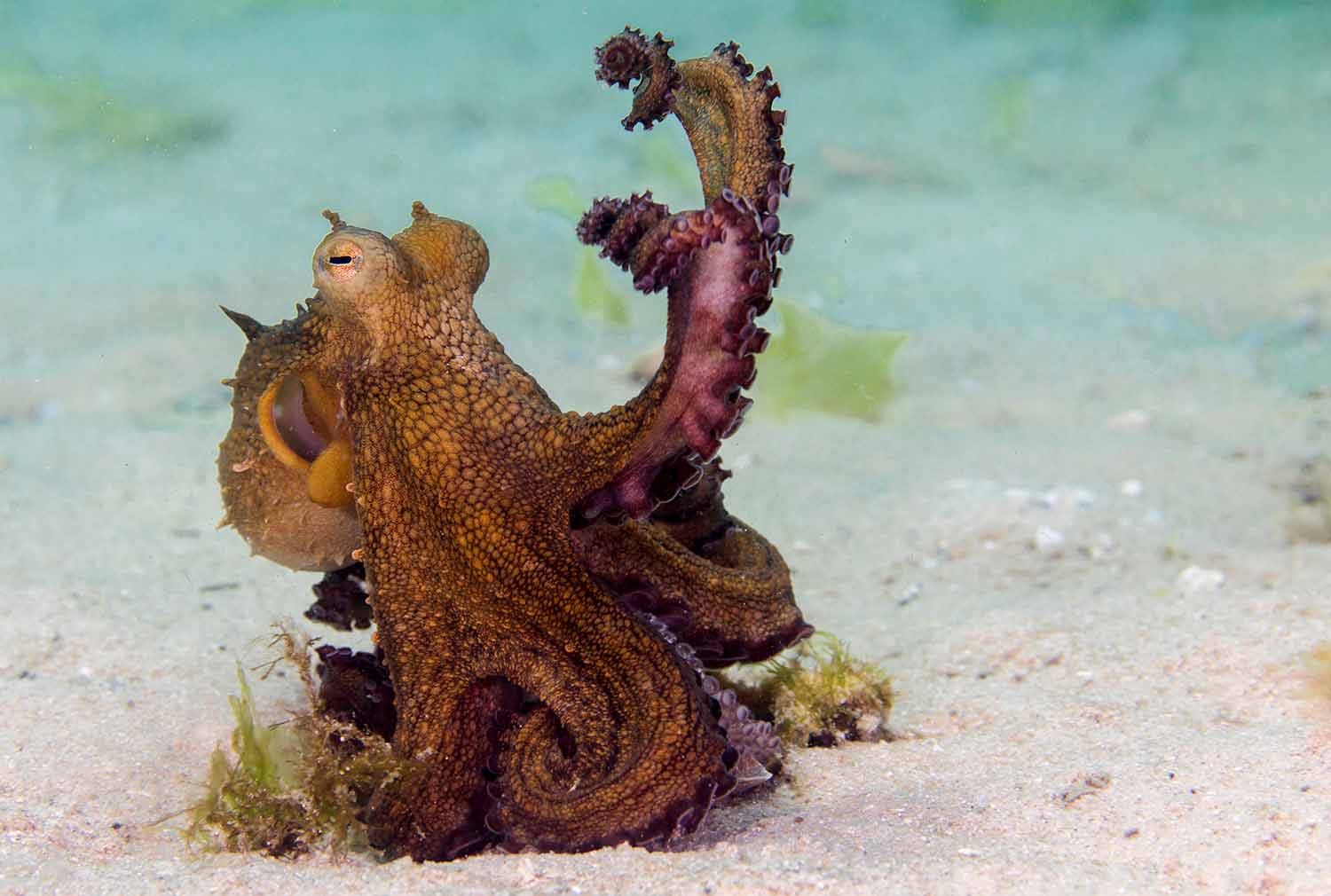How Octopuses Use Their Arms
A new study looked at whether octopuses use certain arms for different tasks.

© Vladimir Wrangel/stock.adobe.com
Most people use their legs for standing and walking and rely on their arms when they eat, carry things, and write. People even have a dominant arm they use more than the other. But do octopuses also use certain limbs to do certain tasks? A new study suggests the answer is yes, but not because they need to.
In the study, a group of scientists observed 25 videos of octopuses in the wild and recorded nearly 4,000 different arm actions to accomplish tasks like crawling, swimming, collecting shells and other building materials, building dens, and capturing prey. Each time the scientists saw an octopus doing something with its arms, they watched the action a total of eight times to record what, if anything, each arm was doing to help accomplish the task.
The scientists found that an octopus can change the shape of its arm in four ways: by bending, twisting, shortening, and elongating it. They recorded 12 types of arm movements, such as reaching and grasping.
© Humberto Ramirez—Moment Video RF/Getty Images
The scientists wanted to know if octopuses used certain arms for certain tasks. They found that octopus arms aren’t specialized, meaning each arm is capable of doing the same tasks all the other arms can do.
“All of the arms can do all of this stuff—that’s really amazing,” marine biologist Roger Hanlon of the Marine Biological Laboratory in Woods Hole, Massachusetts, told the Associated Press. This suggests that if an octopus loses a limb, it can use the other limbs instead without experiencing any difficulty.
Still, octopuses do seem to prefer to use their front limbs to explore—they did this in about 60 percent of the videos. Most often, the back limbs are used for moving.
“This means that octopuses can be very flexible and adaptable in many different environments and tasks,” biologist Kendra Buresch told the Guardian.




